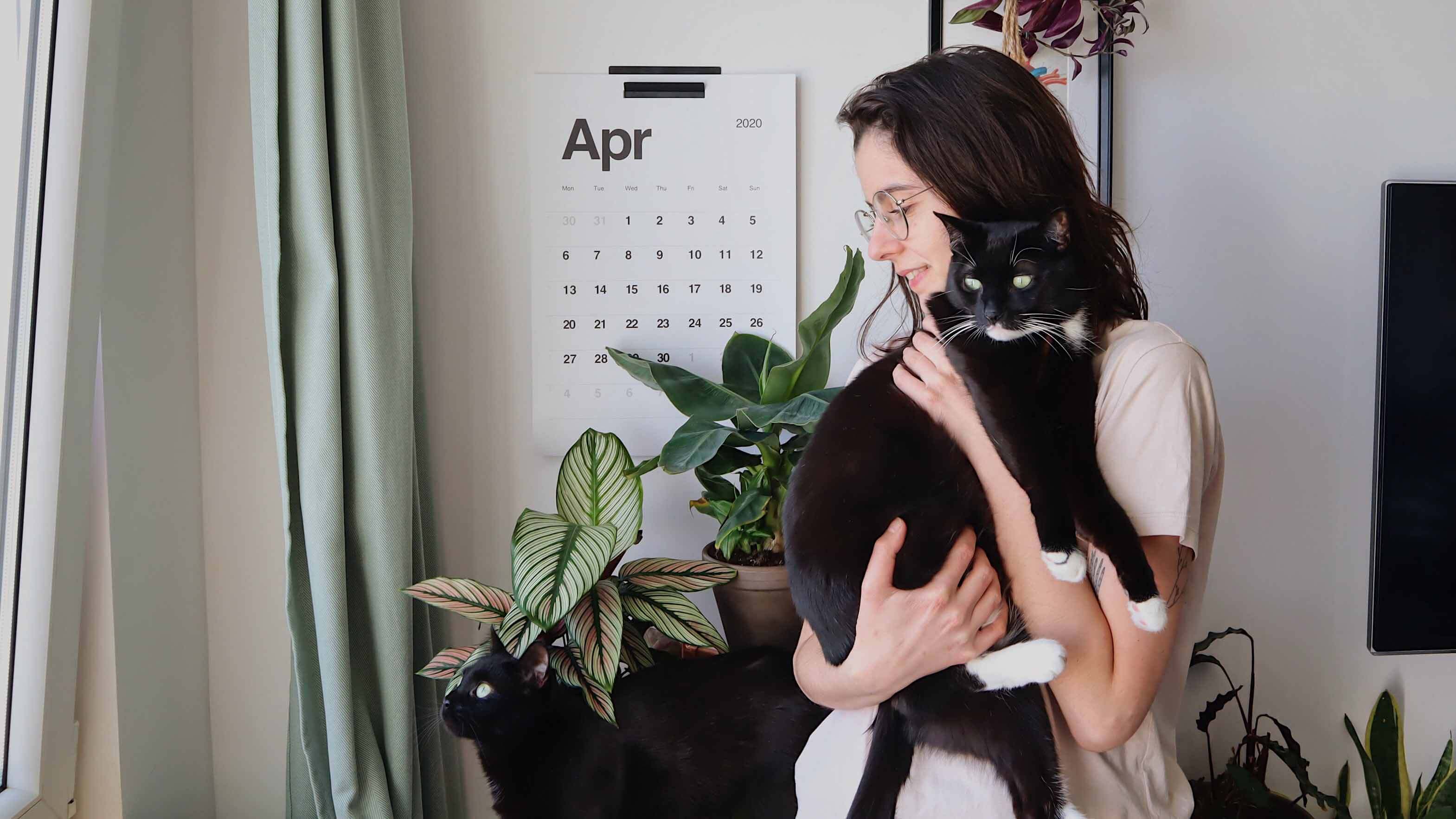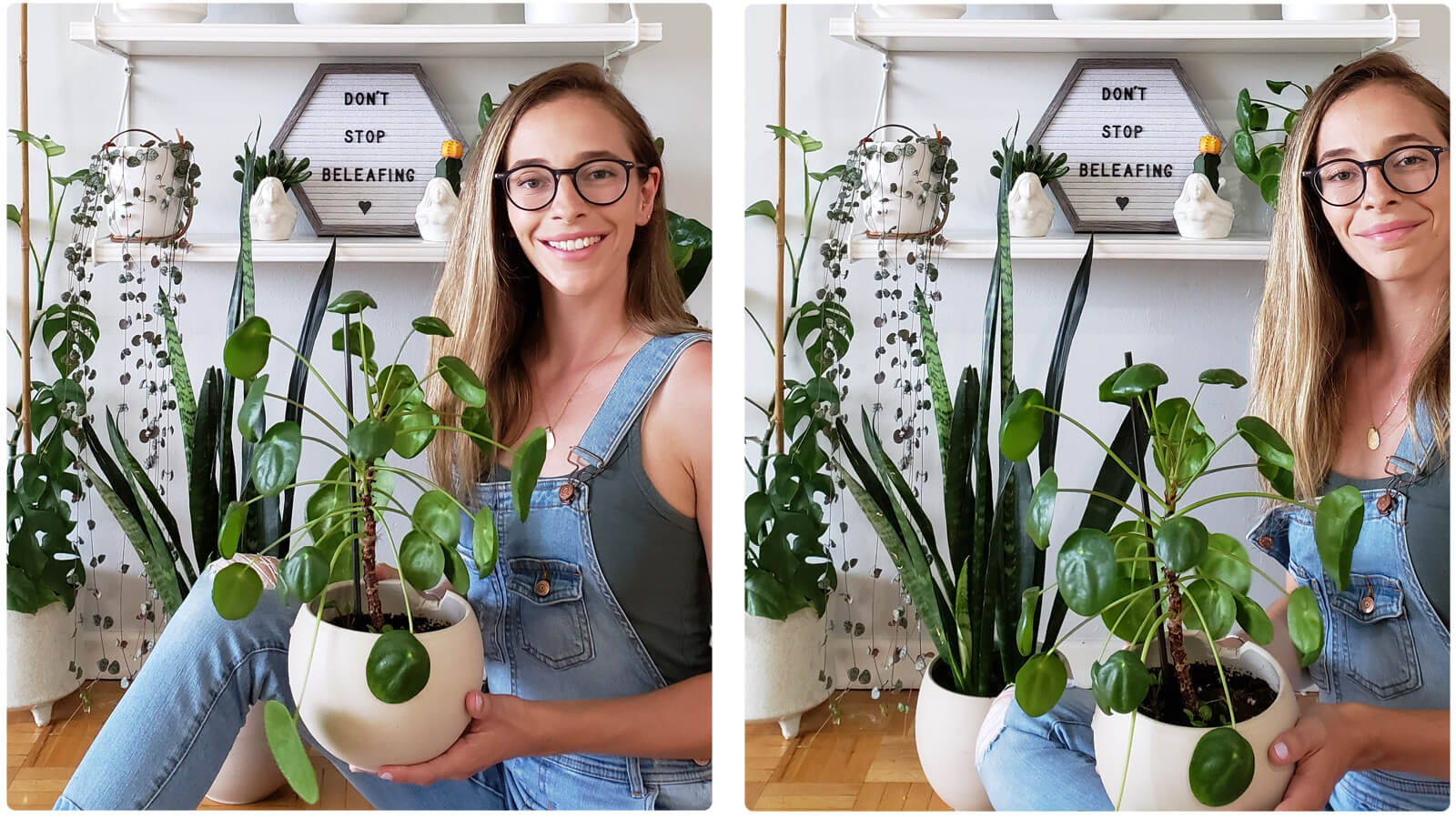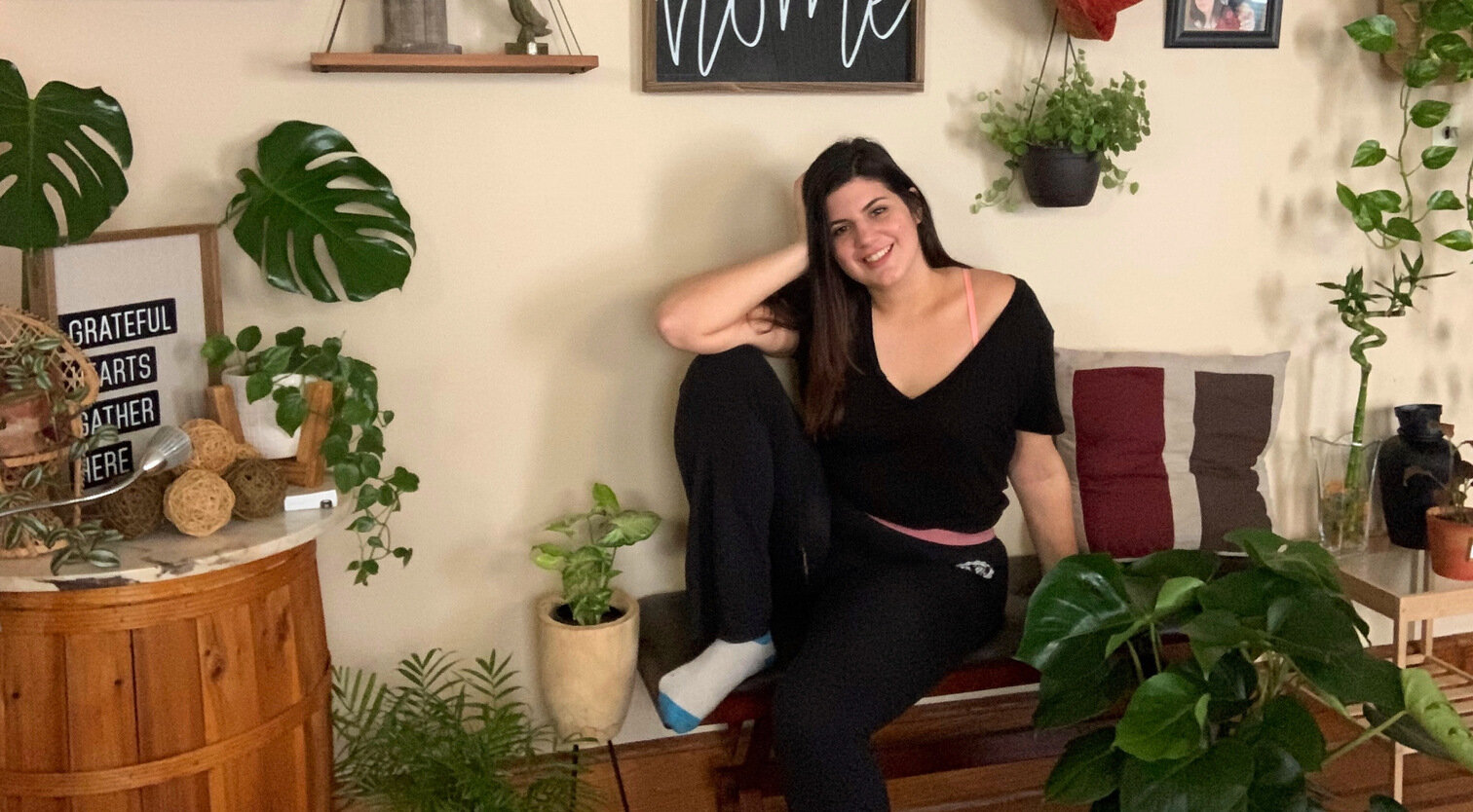
A plantoholic from Poland that loves cats and plants.
Discover Karolina passions, care tips, and favorite moments in this inspiring interview.
Discover stores and plants you like in a unique way and learn how to keep them happy thanks to our guides and videos.
From all the plants we have, here are the ones we love the most
Get ready to explore a variety of amazing features that are specifically created to make your plant discovery and buying journey even better.
Check out the ups and downs other plant buddies have gone through

Discover Karolina passions, care tips, and favorite moments in this inspiring interview.

Discover Maria's heartwarming journey as a plant lover. Explore her joys, triumphs, and struggles in this touching and inspiring interview!

Rita is a Scientist that owns more than 134 houseplants! Discover where her passion comes from!
We understand plant care is about finding a suitable plant within your means. Most people casually assume plant care is easy and that all we have to do is water them from time to time. While the watering bit is true (sort of), there is no absolute truth in plant care being easy, especially for beginners.
In simple terms, plant care requires consistency. Pair that with the right amount of time, knowledge, and resources, and you are all set for a speedy ride to plant town. While beginners often see plants as an accessories, to brighten up their lives with little to no effort.
Plants, much like humans are living things and they require some level of commitment from you. This is one of the basic reasons why a lot of people struggle with plant care. People don't take into account that plant caring requires some learning besides a mere commitment to watering the plant.
As every plant requires different care and nourishment, sometimes a lack of bright light could kill your plant. For example, albino and variegated plants need brighter light than regular plants because they have less chlorophyll in their leaves which means they absorb less light. People still want to have these high-quality demanding plants in a low-light environment use a high-quality LED light for plants to provide them with all they need.
Bringing a new baby plant to freshen up your home or apartment may excite you the first time around but after a few trips, if you happen to forget or ignore your plant, it will severely injure the plant leading to sickness.
Every plant you nurture and care for is different one way or the other and understanding the differences is crucial for keeping your plant healthy.
For example, zamioculcas and sansevierias are drought tolerant plants that won't have problems if you forget to water them, but on the other hand, they will suffer with over-watering. Some people like using a soil moisture indicator that will tell you how moist is the soil, so you will instantly know if the plants needs to be watered or not.
In addition, it could be fatal if you forget to water your alocasia a few times because they like to be watered frequently.
Some things to consider when choosing a plant:
Since there are many plants available, identifying each of them individually can be a bit difficult to understand, but you can find plants that suit you best thanks to chooseyourplant. So, despite the fact that not all plants share the exact needs, it is important to note that each plant belongs to a certain category.
As a general rule, all houseplants are tropical plants, so they do not like the direct sun for long periods of time and although there are plants that survive in low light conditions (which does not mean without light), all plants like them like to have the more indirect light the better.
We can distinguish from low and bright light conditions by how far from the window our plants are because the quality and quantity of the light is given by how much our plants see the sky.
If you house doesn't get bright light, you can also use a cheap growing led light to give a high quality light to your plant, so it can grow quicker and healthier.
Getting plant care right means you need to start choosing the right plant for you and your environment as well. That means even if you’re keen on keeping all sorts of plants, you have to choose a plant best suited for the environment you live in and also the kind of weather and climatic conditions you have.
To help you set up your plant care station, here are 3 simple steps you need to keep in mind for choosing the right plant.
Commitment is particularly important for those who are new to the plant game. Think about how much time you're willing to spend taking care of the plant. To be on the right path, you have to look out for plants that you can provide and care for with proper commitment.
You need to consider that you can’t simply select a plant based on how they look, you have to know how to take care of it.
Take into account what type of plant matches the environmental conditions of the spot you have at home. There are plants that do well in bedrooms, living rooms or bathrooms.
Needless to say, every person has different needs and taste so you have to be extra sure of what you require from the plant. Certain people opt for colorful plants for house decor while some lookout for plants from a more health-related perspective like the air-purifying plants or medicinal plants.
As much as we care for our plants, we can’t always keep it out of harm’s way. This is why you need to proof-check the plant compatibility with your household and how your home interacts with it.
If you do have pets or children at home, check which are the non toxic plants to avoid allergies or to prevent a few attacks from your pal. There are a lot of plants that are mildly toxic if ingested such as alocasias or pothos.
Check whether you have the proper living space for the plant. Although plants don’t need much space, they have to be placed in a open, airy enough, and bright space for healthy growth. If you don't have a lot of space a good alternative is to have hanging plants.